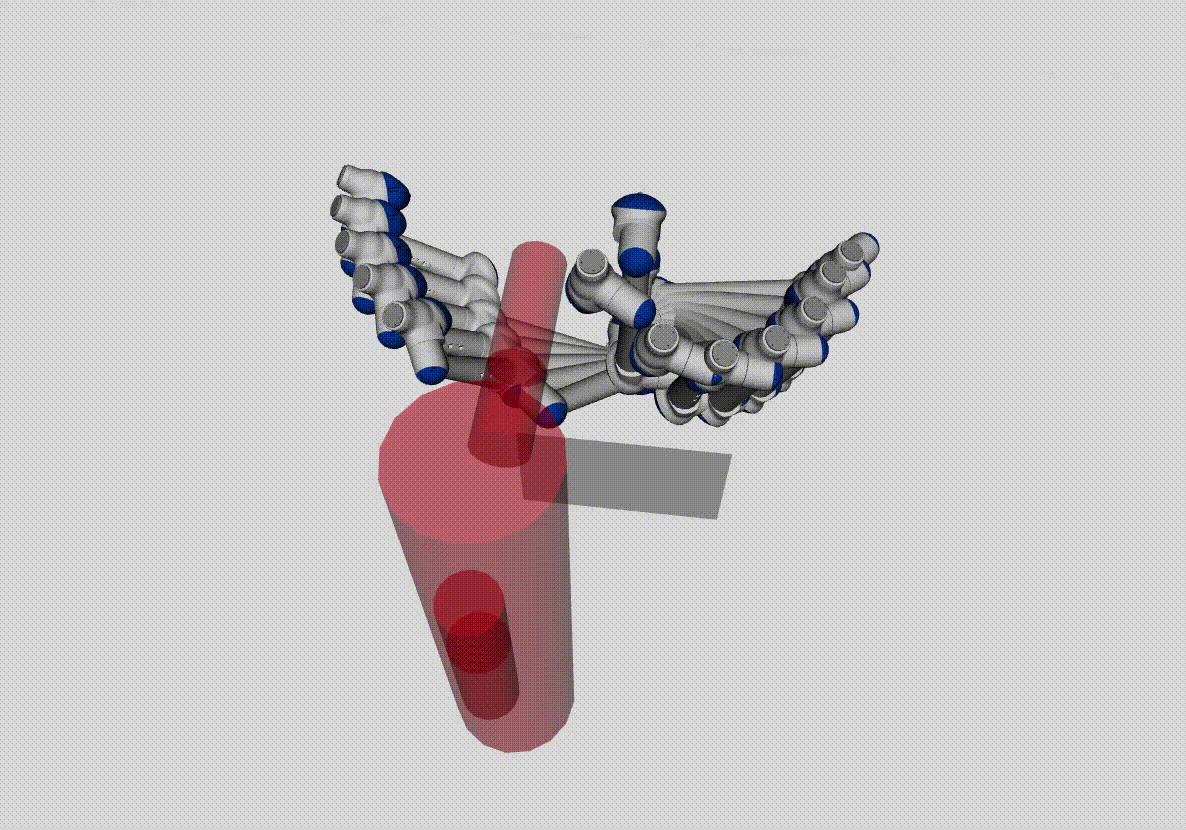Using Tesseract and Trajopt for a Real-Time Application
/The past two years have seen enormous development efforts transform the tesseract-robotics and trajopt_ros packages from highly experimental software into hardened, industrial tools. A recent project offered the opportunity to try out some of the latest improvements in the context of a robot that had to avoid a dynamic obstacle in its workspace. This project built upon previous work in real-time trajectory planning by developing higher level control logic for the system as a whole, and a framework for executing the trajectories that are being modified on the fly. Additionally, this project provided the chance to develop and test new functionality at a lower level in the motion planning pipeline.
One of these improvements was the integration of continuous collision checking throughout robot motions, as opposed to only checking for collisions at discrete steps along the motion. This is a critical component to finding robot motions that avoid colliding with other objects in the environment. Previously, a collision could have occurred if the distance between the steps in the motion plan were larger than the obstacles in the environment (pictured below). With the integration of our new collision evaluators, these edge cases can be avoided.
The other major piece of research done on the low-level motion planning was benchmarking the speed at which our trajopt_ros solver can iterate, and therefore how quickly it can find a valid solution. We did not impose hard real-time deadlines on the motion planner, instead we ran it as fast as possible and took results as soon as they were available. For our application this was adequate. Some of our planning speed test results are pictured below.
The final major development to the robot motion pipeline to enable real-time trajectory control was the creation of a framework for changing the trajectory being executed on a physical robot controller. This was a particularly exciting element of the research because it brought our work out of the simulation environment and proved that this workflow can be effectively implemented on a robot. We are excited to apply these tools to more of our projects and continue improving them in that process.
All of our improvements to the Tesseract and Trajopt-ROS packages have been pushed back out to the open source community. Check out the latest versions here and let us know how they are enabling new capabilities for you!



